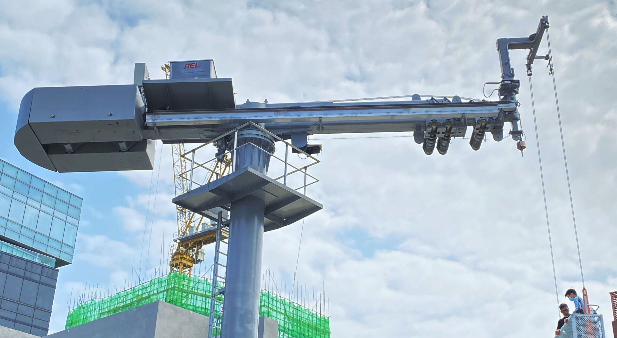For IT managers, creating a comprehensive maintenance plan is essential to keeping systems secure, efficient, and aligned with business goals. Without a structured approach, companies risk downtime, data breaches, and costly repairs. Innerworks understands these risks and supports IT professionals in developing smart, forward-thinking maintenance strategies. This guide lays the groundwork for reliable maintenance planning that IT managers can implement effectively.
What Is IT Maintenance Planning?
IT maintenance planning involves organizing and scheduling routine tasks that ensure technology systems function optimally. It includes updates, performance checks, security patches, and hardware upkeep. Innerworks emphasizes the balance between proactive and reactive maintenance, helping IT teams avoid surprises and maintain operational stability. A well-thought-out plan supports both immediate technical needs and long-term infrastructure development.
Why Maintenance Planning Matters for IT Operations
Proper planning minimizes downtime and prevents issues before they escalate. Innerworks highlights how regular maintenance improves system performance, extends the lifespan of hardware, and safeguards sensitive data. For IT managers, it also means meeting compliance requirements and supporting the organization’s growth. With a consistent maintenance schedule, teams can anticipate changes and allocate resources efficiently.
Types of IT Maintenance to Include in Your Plan
Maintenance planning should be comprehensive. Innerworks recommends including:
- Preventive Maintenance: Routine actions like software updates, security scans, and system health checks
- Corrective Maintenance: Troubleshooting and resolving known issues promptly
- Adaptive Maintenance: Modifying systems to accommodate new business or technology changes
- Perfective Maintenance: Enhancing performance and usability based on user feedback or new goals
A balanced plan covers all these types to ensure no area is overlooked.
Building an Effective Maintenance Schedule
Creating a schedule involves assessing critical systems and defining a consistent timeline for upkeep. Innerworks advises IT managers to use tools that track maintenance tasks and automate repetitive actions when possible. Whether scheduling backups, patching servers, or checking network health, an organized routine keeps operations running smoothly. Don’t forget to integrate contingency plans for recovery and unexpected disruptions.
Common Challenges in IT Maintenance Planning
IT managers often face roadblocks like limited budgets, outdated infrastructure, or coordination issues between departments. Innerworks works closely with teams to overcome these hurdles through streamlined processes and flexible planning. One of the biggest obstacles is maintaining documentation—keeping records helps ensure continuity even during personnel changes.
Best Practices for Successful Maintenance Planning
Consistency is key. Innerworks encourages IT managers to maintain detailed logs of all maintenance activities and regularly review performance. Automation tools can reduce manual work, and aligning maintenance goals with broader business objectives ensures relevance and support from leadership. Frequent audits help fine-tune strategies and uncover improvement areas.
Tools and Software for IT Maintenance Planning
Choosing the right tools is crucial. Innerworks recommends IT maintenance platforms that offer scheduling, notifications, reporting, and integration with existing systems. Look for software that simplifies asset tracking and supports cloud environments. With these tools, IT teams can implement plans efficiently and adjust them in real time as conditions evolve.
Measuring the Success of Your Maintenance Plan
To determine effectiveness, Innerworks suggests tracking metrics like system uptime, incident frequency, response time, and user satisfaction. These indicators show whether the current strategy meets expectations or needs refinement. A data-driven approach to evaluation ensures continuous improvement and reinforces the value of maintenance within the organization.
Takeaway
Maintenance planning isn’t just a checklist—it’s a strategic asset that drives reliability and performance. Innerworks empowers IT managers to build robust, adaptive maintenance plans that support long-term goals while minimizing daily risks. By implementing the right processes, tools, and best practices, your team can secure and optimize your IT environment for years to come.











